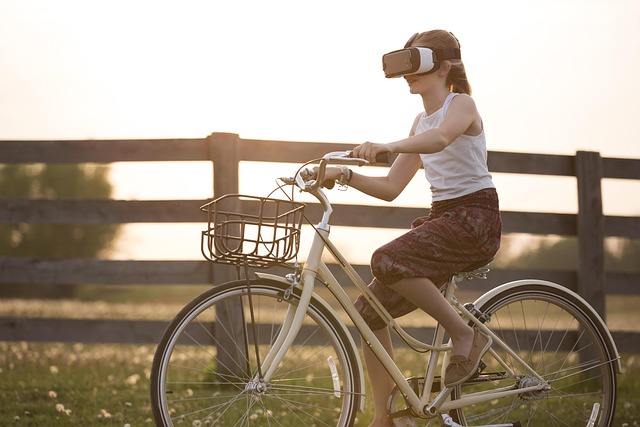The landscape of education is undergoing a significant transformation, fueled by the advancements in technology. Among these innovations, virtual experimentation stands out as a groundbreaking approach that enriches learning experiences. With the integration of Virtual Reality (VR), Augmented Reality (AR), and the Metaverse, educational boundaries are being pushed, providing students and educators with tools that foster deeper understanding and engagement.
Imagine stepping into a virtual laboratory where you can mix chemicals safely, observing reactions in a 3D environment, or diving into the ocean to examine marine life up close—all without leaving your classroom. This is the promise of virtual experimentation through VR. Students can don headsets that transport them into immersive worlds, allowing them to conduct experiments that would be impossible, dangerous, or costly in the real world. The freedom to explore science in this way ignites curiosity and promotes interactive learning.
Augmented Reality further enhances educational experiences by overlaying digital information onto the physical world. With a simple smartphone or a pair of AR glasses, learners can visualize complex ideas that traditionally rely on static images or textbook diagrams. For instance, while studying biology, students can use their devices to see a 3D model of the human heart appear right in front of them, complete with detailed animation to illustrate how blood circulates. This tactile interaction not only makes learning more relatable but also helps cement understanding through visualization.
The convergence of these technologies in the Metaverse offers even greater potential. Imagine a fully realized virtual campus where students from around the globe can meet, collaborate, and engage in shared learning experiences. The Metaverse can host simulations that replicate real-world applications across various fields such as architecture, engineering, and medicine. Future architects might walk through a virtual building they designed, fine-tuning their work in real-time, while medical students could practice surgeries in lifelike scenarios without any risks.
As educational institutions embrace this evolution, the role of instructors will shift from mere disseminators of knowledge to facilitators of rich, exploratory learning journeys. They will guide students on how to engage with virtual experimentation tools, helping them derive insights not only from the simulations but also from their collaborative interactions within these immersive environments. Educational content can adapt dynamically, resonating with the interests and skills of students, making learning more personalized.
Moreover, the implications extend beyond K-12 education. Lifelong learning can thrive in these enriched ecosystems, where professionals can reskill or upskill through simulations tailored to their industry needs. Workshops in the Metaverse could allow employees to practice real-world scenarios and experiments without the constraints of traditional training environments. The accessibility of these tools enhances fairness in education, providing opportunities for those who might lack resources for quality physical labs or workshops.
Ultimately, the integration of virtual experimentation into education symbolizes a shift toward a more engaging, inclusive, and enriched learning experience. As we stand on the brink of this educational revolution, the potential for VR, AR, and the Metaverse is not merely confined to entertainment or interactive experiences; it represents a profound opportunity to redefine how we learn, explore, and understand the world around us.



